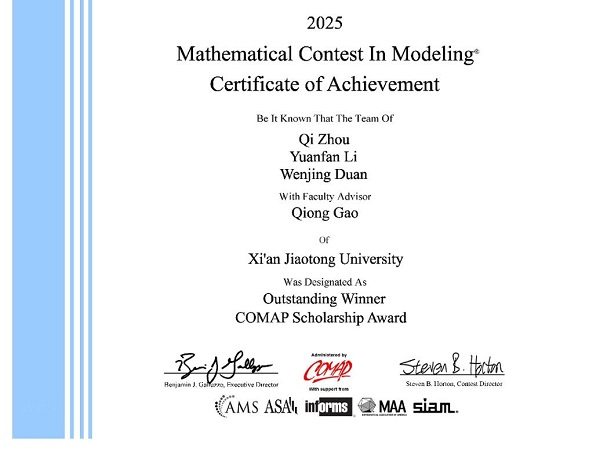XJTU research team achieves breakthrough in flexible piezoelectric polymer field

The research results of XJTU's team are published in Advanced Materials.
Over the past few decades, significant improvements in piezoelectric coefficients have been achieved by constructing morphotropic phase boundary (MPB) behavior in ceramic-based relaxor ferroelectric materials, improving their performance in terms of actuators, transducers, and sensors.
However, in flexible ferroelectric polymers such as poly (vinylidene fluoride-trifluoroethylene) (P(VDF-TrFE)), only MPB-like behavior in the normal ferroelectric state has been realized due to the lack of rational design in polymer chain structure and composition, with the highest piezoelectric coefficient (d33) reaching approximately −63.5 pC/N.
To address this challenge, Professor Zhang Zhicheng from the School of Chemistry at Xi'an Jiaotong University (XJTU) and Professor Wei Xiaoyong from the School of Electronic Science and Engineering synthesized a relaxor ferroelectric polymer, H-P(VDF-TrFE), via complete hydrogenation of poly (vinylidene fluoride-chlorotrifluoroethylene) (P(VDF-CTFE)).
This material combines excellent relaxor characteristics with high remnant polarization (Pr). When the TrFE content is 23 mol%, H-P(VDF-TrFE) exhibits ceramic-like MPB behavior, achieving a remarkable d33 of −107 pC/N, which is over five times higher than that of commercial PVDF (−20 pC/N). This breakthrough provides a new strategy for developing flexible ferroelectric polymers with ultrahigh piezoelectric performance.
The research findings were published in Advanced Materials under the title Ultrahigh Piezoelectric Coefficients Achieved by Tailoring the Sequence and Nano-domain Structure of P(VDF-TrFE).

